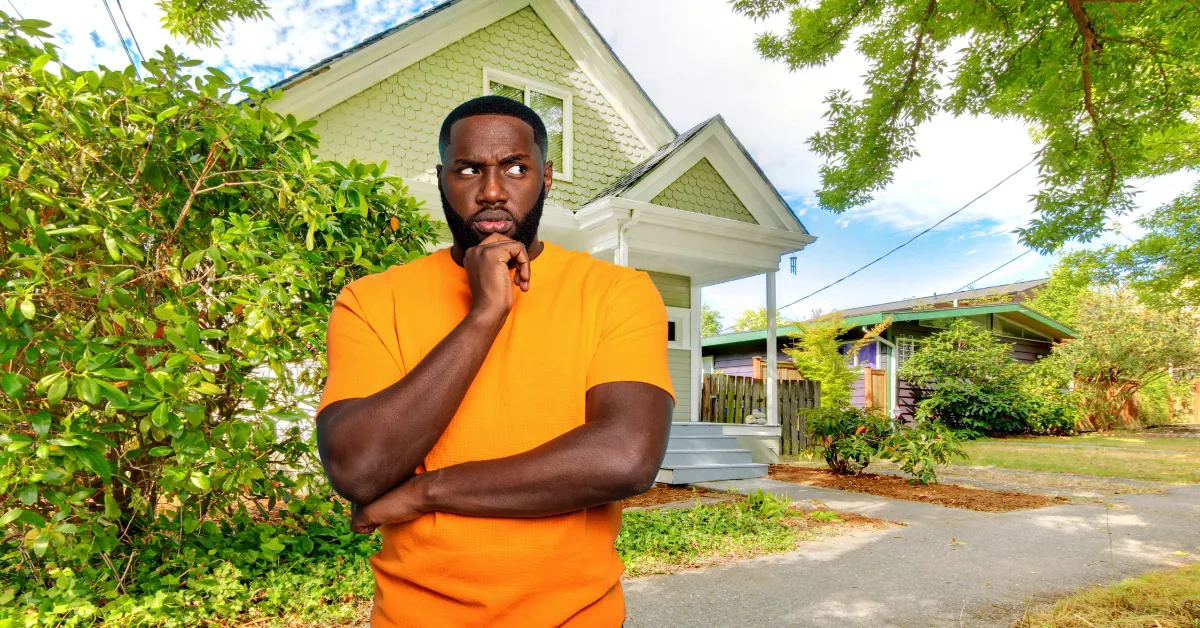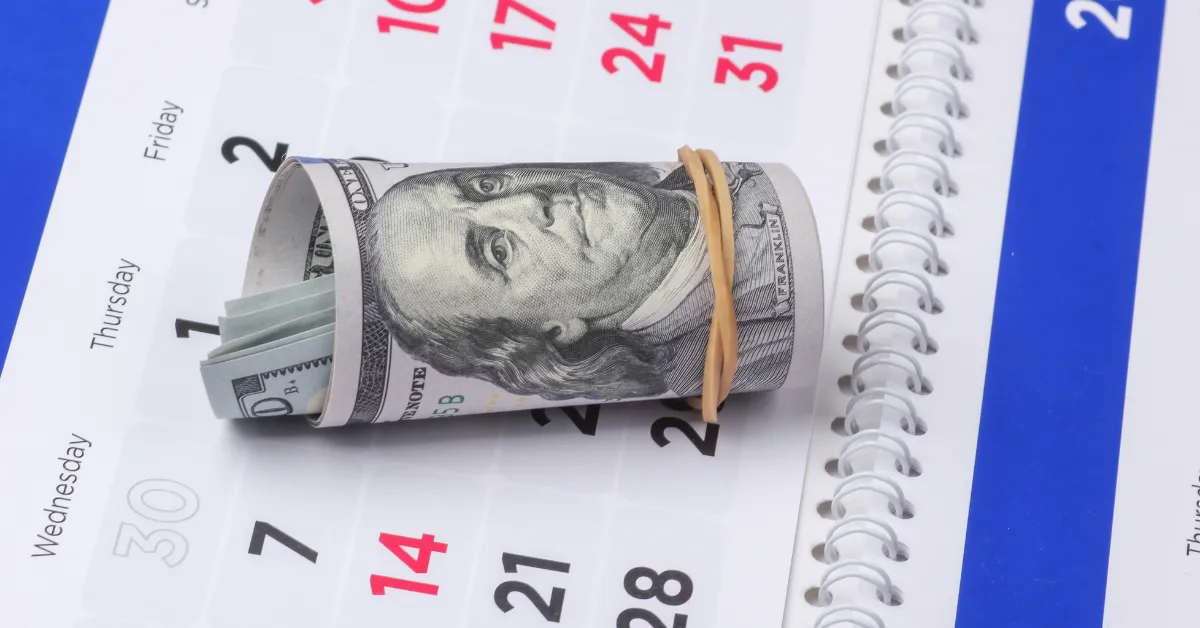How Many Days Can You Use A Rental Property For Personal Use
You can use a rental property for personal use for a maximum of 14 days or 10% of rented days per year, whichever is less. Renting out a property offers both income potential and personal vacation benefits.
Navigating the balance between personal enjoyment and maintaining a property as a profitable rental can be complex.
Rental properties not only provide additional income but can also serve as a personal retreat if managed correctly. The IRS stipulates clear guidelines highlighting your usage limitations to maintain the property’s tax-advantaged status.
Adhering to these rules helps maximize your property’s financial benefits while allowing some personal use. Landlords looking to maximize their investment typically operate within these constraints to ensure they can claim the necessary tax deductions come tax season.
Understanding these regulations is vital for property owners strategizing short-term rentals with personal perks.

Assessing Your Rental Goals
When diving into the rental property game, understanding personal use is crucial. Whether you aim for profit or a vacation hideaway will shape your strategy. Let’s break down the goals and demands influencing those days you spend at your rental property.
Setting Clear Objectives
A solid plan begins with definitive goals. Know what you want from your rental property. Are you seeking extra income, a second home, or both?
Answering this will guide how you use your property. The IRS sets strict rules: personal use can’t exceed 14 days or 10% of the rented days.
- Extra Income: Maximize rental days to boost earnings.
- Personal Retreat: Balance rental and personal use without crossing tax thresholds.
- Both Goals: Split time wisely, following IRS regulations.
Evaluating Rental Demand
Location and season influence rental demand. Analyze local vacation patterns. High demand means more potential rental days, affecting your personal use schedule. Remember, limiting personal use maximizes availability for guests.
| Season | Demand Level | Strategy |
| High | Strong | Focus on renting; limit personal use. |
| Low | Weak | Enjoy personal time; less worry on rental income. |
Understand local peaks and troughs to decide when to stay. Timing is everything. Find the balance and thrive as a rental property owner!
Understanding Personal Use Vs Rental Use
Understanding the balance between personal use and rental use of a property is crucial. It affects your taxes and complies with legal guidelines. Let’s dive into how personal and rental days count and the impact on property owners.
Tax Implications
Rental properties offer tax advantages. But, personal use can alter your tax benefits. The IRS sets rules on personal use of rental properties.
Limits exist for personal use to maintain rental property status. For tax purposes, a property rented out for more than 14 days a year is a rental property. You can use it personally for 14 days or 10% of the total rented days, whichever is greater.
This is key to maximizing deductions. Exceed these limits, and your property might be considered a personal residence. This could limit expense deductions against rental income.
Furthermore, report all rental income to the IRS. Deductions include mortgage interest, property taxes, operating expenses, depreciation, and repairs.
| Use Type | Days Used | Impact on Taxes |
| Personal | 14 or 10% of rental days | Maximize deductions |
| Rental | More than 14 days | Report income, claim deductions |
Legal Restrictions
State and local laws may affect rental properties. Zoning laws, HOA rules, and short-term rental regulations play a role.
Some areas restrict the number of days a property can be rented. Others require permits or impose taxes on short-term rentals. Always check local laws before renting out your property.
- Review local legislation for compliance.
- Potential need for permits or licenses.
- Understand community bylaws, particularly with HOAs.
Striking A Balance: Personal Enjoyment And Profit
Finding the sweet spot between personal use and rental income requires careful planning. Balancing personal enjoyment with profit maximization is key for rental property owners.
The right approach can ensure a satisfying personal experience without sacrificing earnings. Let’s dive into perspectives on occupancy planning and profitability.
Planning Occupancy
Your rental calendar matters. Plan your stays to avoid peak seasons. This ensures maximum availability for paying guests.
- Prioritize rental demand: Book personal days during off-peak times.
- Stay flexible: Last-minute deals can fill gaps between bookings.
- Set a personal use limit: Commit to a specific number of days for personal use.
Maintaining Profitability
To profit, manage personal use. Stay under 14 days or 10% of rented days.
| Rented Days | Max Personal Use Days |
| 100 | 10 |
| 200 | 14 |
| 300 | 14 |
- Understand tax implications: Personal days can affect deductions.
- Track expenses: Separate personal and business costs.
- Use a management service: They can optimize bookings around your schedule.
Optimizing Your Rental Calendar

Optimizing your rental calendar is key to maximizing income. It’s a balance of personal use and rental availability. To prosper, know when to block out dates for personal enjoyment and when to open your doors to guests.
Peak Season Vs Off-season
Understanding the ebb and flow of travel demand helps in planning. Let’s dive into peak season vs off-season dynamics.
- Peak Season: More guests search for rentals. Your rental property should be mostly available. Personal use can reduce potential earnings.
- Off-Season: Fewer guests mean more personal use. It is a perfect time for your own getaways or maintenance.
Advanced Booking Strategies
Employ smart booking strategies to create the ideal rental schedule:
- Set a window for how far in advance guests can book. This allows personal planning.
- Create pricing tiers. Charge more during peak times, less during slow periods.
- Consider minimum stay requirements. They can optimize turnover and profit.
Maximizing Deductions And Tax Benefits
Rental properties can offer significant tax benefits. Landlords need to know key rules. One important aspect is personal use of a rental property. Understanding this can greatly impact deductions and tax benefits.
Keeping Accurate Records
Tracking how many days you use your rental property for personal use is vital. It affects deductible expenses. Personal days can be any time you or a family member use the property for non-rental purposes.
IRS rules say you can use the rental for personal reasons for 14 days or 10% of the total rented days, whichever is more. Keep records to maximize deductions.
Record-keeping tips include:
- Date logs: Mark personal use and rental days.
- Maintenance tracking: Note days spent on property upkeep.
- Expense receipts: Keep all receipts related to your rental.
Expert Tax Tips For Landlords
Landlords can optimize tax benefits with expert tips. Below, see how to use the rental property to your advantage.
| # | Tip | Explanation |
| 1 | Stay within personal use limits | Limit personal use to ensure maximum tax deductions. |
| 2 | Consider time spent on repairs | Time spent fixing the property isn’t counted as personal use. |
| 3 | Separate personal and rental finances | Use different bank accounts to simplify tax filing. |
Regular Maintenance And Upkeep
Owning a rental property means managing both guest stays and property condition. To keep a rental home safe and appealing, regular maintenance and upkeep are essential.
Scheduled maintenance not only prevents costly repairs but also allows for personal use without disrupting guest bookings. Let’s dive into how to effectively schedule downtime for such occasions.
Scheduling Downtime For Repairs
Planning for repairs requires foresight. Anticipate maintenance needs and align them with personal use days. For example:
- Pre-booking seasons are great for bigger projects.
- Off-peak periods allow for redecoration or system upgrades.
- Use calendar alerts to remind of upcoming maintenance tasks.
By planning maintenance windows, you can enjoy your property without impacting the guest experience.
Enhancing Property Value
Beyond repairs, upkeep also boosts property value. Consider these points:
| Upkeep Task | Frequency | Value Added |
| Landscape grooming | Monthly | Curb appeal |
| Interior deep clean | Bi-annual | Aesthetics |
| Appliance check-up | Annual | Functionality |
A well-maintained property invites higher rents and better reviews, which in turn increase profitability.
In summary, use your rental’s downtime wisely as a strategic move towards a high-performing investment. Every maintenance task enhances both your enjoyment and your guests’, while protecting your property’s value.
Frequently Asked Questions For How Many Days Can You Use A Rental Property For Personal Use
How Many Days Is Fair Rental Vs Personal Use?
For tax purposes, personal use exceeds fair rental usage if you use the property for more than 14 days or 10% of the total days rented at fair market rates, whichever is greater.
How Many Days Can You Use An Investment Property?
You can use an investment property for personal purposes for up to 14 days or 10% of the days it’s rented annually, whichever is greater.
What Are Fair Use Rental Days?
Fair use rental days refer to a specified number of days you can rent out copyrighted content under fair use policy without violating copyright laws.
What Is The 14 Day Rule For The Irs?
The IRS 14-day rule allows you to rent out your property for up to 14 days annually without reporting rental income on your tax return.
Conclusion
Understanding the rules for personal use of rental properties is key for tax benefits and compliance. Always tally your days and consult professionals as needed.
Remember, smart management of your rental can lead to optimizing financial rewards. Strike the perfect balance for success.
Keep informed, stay ahead.